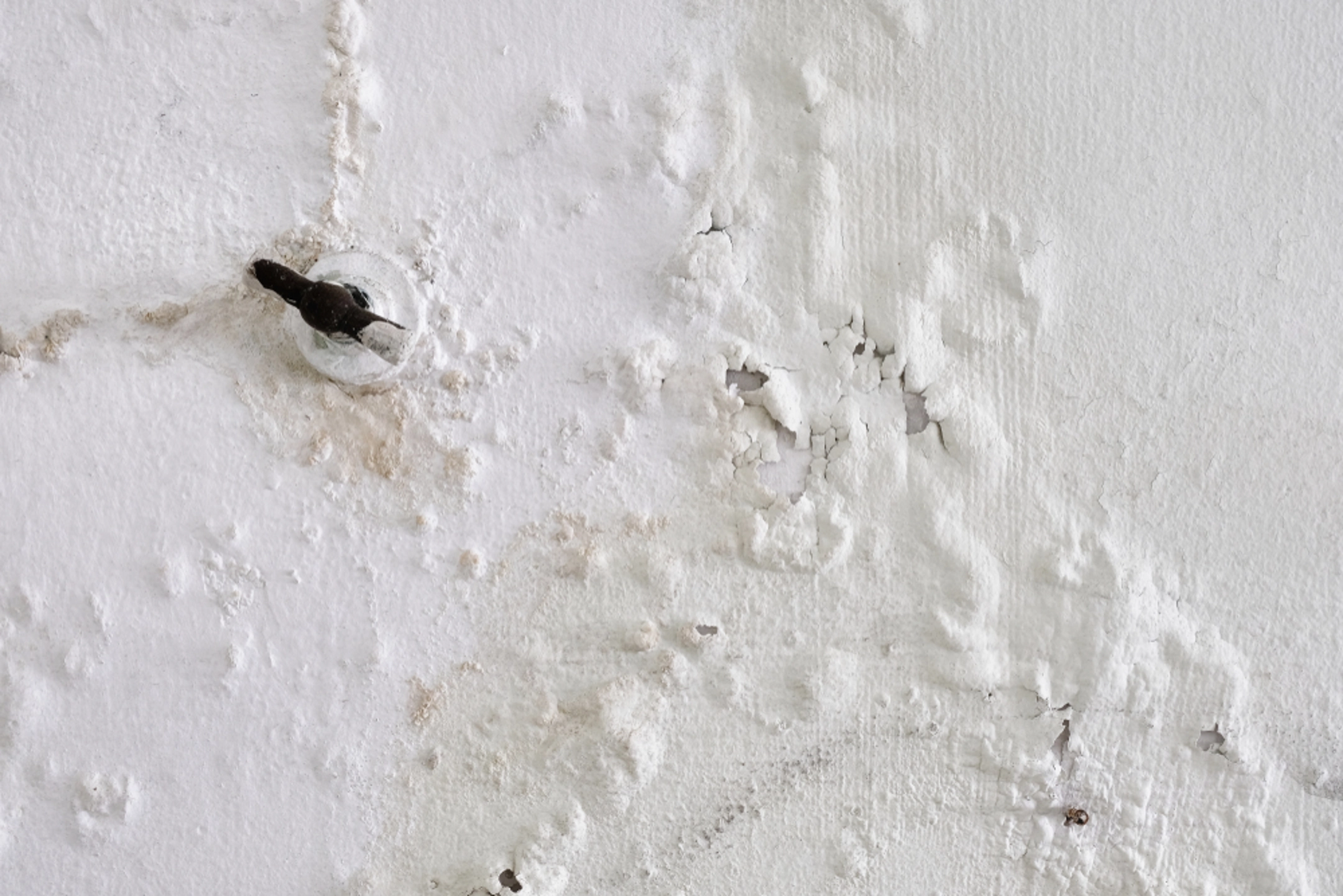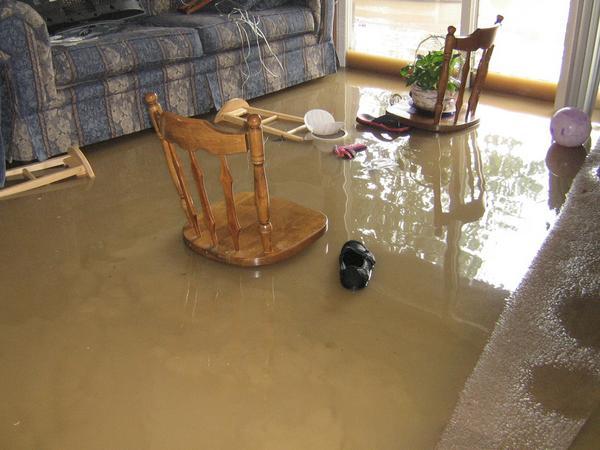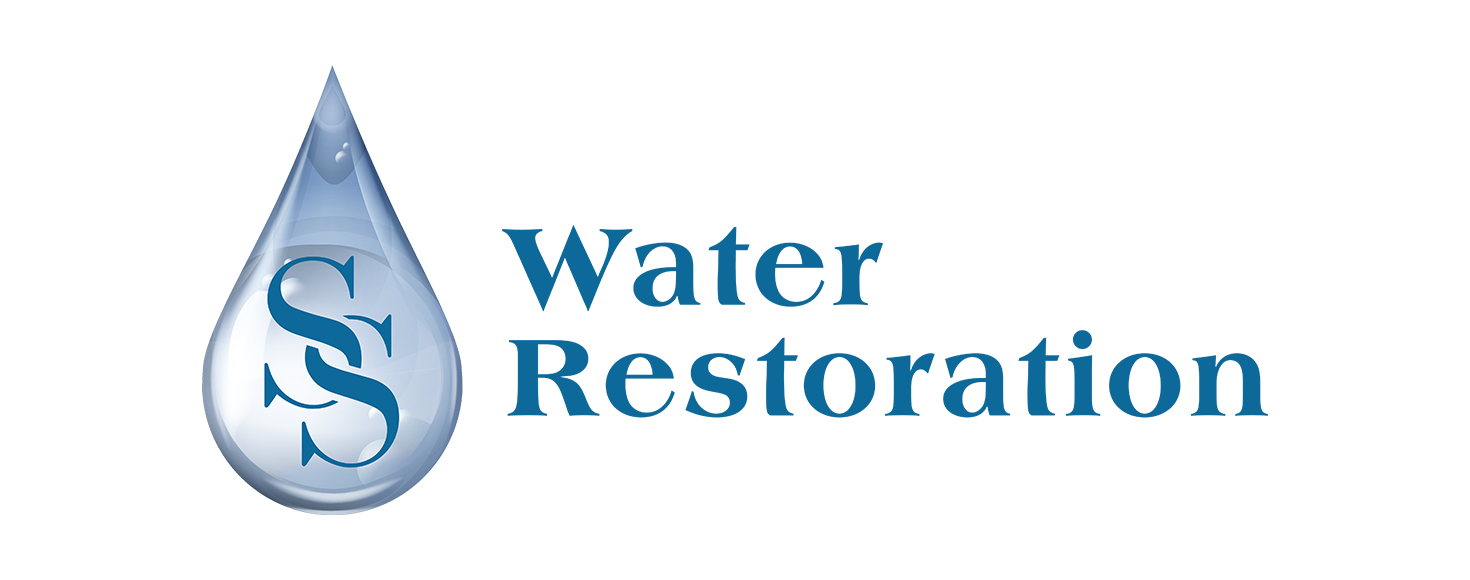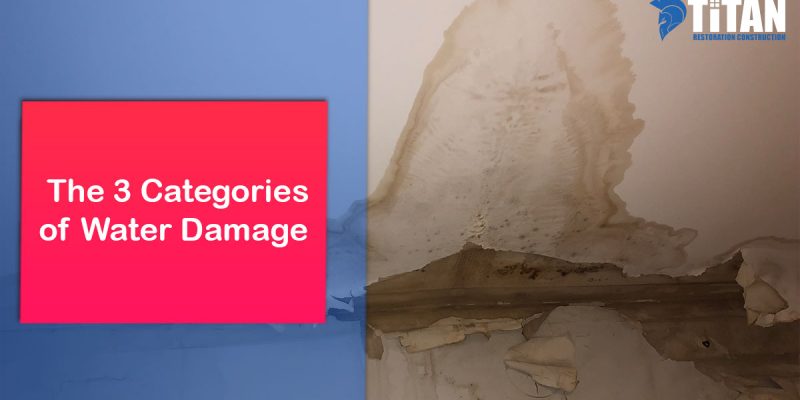The Refine of Water Damage Clean-up: Ensuring Your Home Is Brought Back Effectively
Water damages can be a difficult difficulty for property owners, requiring a structured and meticulous cleaning process to restore security and performance. A detailed evaluation is critical to recognize the degree of the damage and identify the appropriate removal procedures. Following this, reliable water removal strategies play a critical function in alleviating further damage. Nonetheless, the nuances of drying, disinfecting, and eventual repair are equally crucial and frequently forgotten. Recognizing these stages can make a significant difference in the result of your home's reconstruction, triggering a closer check out what each step entails.
Assessing the Damages
Upon uncovering water damages, the very first step is to thoroughly analyze the extent of the impact. This initial analysis is crucial, as it helps figure out the necessary steps for efficient cleanup and remediation. Begin by examining the impacted locations, consisting of walls, ceilings, floors, and personal valuables, to recognize the resource of the water intrusion, whether from flooding, leaks, or condensation.
Recording the damages is vital for both insurance coverage cases and preparing remediation initiatives - damage restoration services. Use photos and written notes to capture the intensity of the damage, keeping in mind any type of afflicted structural components and products. Pay unique attention to locations that might not be promptly visible, such as behind walls and under carpets, as hidden dampness can result in further complications, including mold and mildew growth
Furthermore, assess the timeline of the water exposure. The longer the products continue to be wet, the higher the capacity for damages. Recognizing the duration of direct exposure will certainly notify the seriousness of removal efforts. Ultimately, a thorough assessment prepares for a successful water damage cleanup procedure, making certain that all affected locations are attended to properly and extensively.
Water Removal Techniques

Professionals normally utilize completely submersible pumps for bigger volumes of water, which can rapidly alleviate flooding in cellars or other influenced locations. For smaller sized amounts, wet/dry vacuum cleaners are usually utilized to remove recurring wetness from carpets and hard surfaces. In addition, making use of portable extractors enables for targeted elimination in confined areas or locations with fragile products.
In instances of contaminated water, such as sewer or floodwater, progressed extraction strategies may involve making use of biohazard equipment to make sure safety and conformity with health and wellness laws. High-powered extraction tools are essential in lessening water retention in architectural products, which can cause mold growth and structural wear and tear if not resolved quickly.
Ultimately, the effectiveness of water removal methods plays an essential function in the total success of the water damage cleanup process, laying the foundation for subsequent remediation efforts.
Drying and Dehumidification
As soon as standing water has been efficiently extracted, the following critical phase in the water damages cleanup procedure is drying and dehumidification. This action is necessary to protect against additional damage and mold and mildew growth, which can occur within 24 to 48 hours in wet settings.
To accomplish efficient drying out, specialized equipment such as industrial-grade air moving companies and dehumidifiers is employed. Air moving companies distribute air throughout wet surfaces, boosting evaporation prices, while dehumidifiers reduce humidity levels in the air, advertising a favorable atmosphere for drying out. The combination of these tools guarantees that moisture is attracted out from floorings, walls, and home furnishings, permitting them to dry thoroughly.
It is very important to keep track of the drying process carefully. Specialists typically use dampness meters to examine the dampness content in numerous materials, guaranteeing that all affected locations reach appropriate dryness degrees. This meticulous method helps to stop surprise dampness pockets that could result in structural damages or harmful mold growth.

Cleaning and Sterilizing
After the drying out and dehumidification phase is full, the following essential step in water damage clean-up is cleaning up and disinfecting the impacted areas. This process is important to stop the development of mold and mildew, bacteria, and various other virus that flourish in wet settings.
The cleansing stage typically involves removing any debris, dust, and contaminants from surface areas making use of specialized cleaning agents. For tough surface areas, a combination of soap and water or business cleansing items is often employed. Soft products, such as furniture and carpetings, may require more substantial cleaning approaches, including heavy steam cleaning or deep extraction techniques, to ensure comprehensive hygiene.

Sanitizing follows cleaning, utilizing EPA-approved anti-bacterials to get rid of unsafe bacteria. This action is crucial, specifically in locations that might have entered contact with floodwaters or sewer, as these sources can pose severe wellness threats.
In addition, it is vital to attend to any type of remaining smells, which may call for making use of odor neutralizers or innovative methods like ozone therapy. Correct cleaning and sterilizing not just restore the safety and security and hygiene of your home yet likewise lay the foundation for effective repair and repair services in succeeding phases of the water damage cleanup procedure.
Restoration and Fixings

As soon as the analysis is complete, reconstruction initiatives can begin. Additionally, floor covering may require comparable interest, depending on the degree of water direct exposure.
It is essential to engage seasoned repair experts during this process, as they have the experience to handle complicated repairs successfully. They can help alleviate prospective future issues, such as mold and mildew growth or structural instability, therefore guaranteeing a habitable and risk-free living atmosphere. Ultimately, reliable remediation and repair work restore the home's integrity and enhance its overall worth.
Conclusion
Finally, the procedure of water damage article source clean-up is vital for recovering a home to its pre-damage problem. Each stage, from evaluating the damages to implementing reliable water removal methods, adhered to by detailed drying out, sterilizing, and necessary repair work, plays a vital role in ensuring safety and security and compliance with building requirements. Effective execution of these actions not just alleviates prompt damages yet likewise boosts the long-term integrity and value of the property.
Water damages can be a challenging obstacle for homeowners, necessitating a structured and careful clean-up process to bring back safety and capability. Ultimately, a comprehensive evaluation lays the groundwork for an effective water damage clean-up procedure, making sure that all impacted areas are my blog resolved properly and completely.
Efficient water extraction strategies are vital in alleviating damage and avoiding additional issues following a water intrusion event.In verdict, the procedure of water damage clean-up is critical for recovering a home to its pre-damage problem. Each phase, from examining the damages to carrying out efficient water extraction techniques, adhered to by comprehensive drying out, sanitizing, and needed repairs, plays a crucial duty in ensuring safety and security and conformity with building standards.
Comments on “Immediate Water Extraction Services to Prevent Structural Damage”